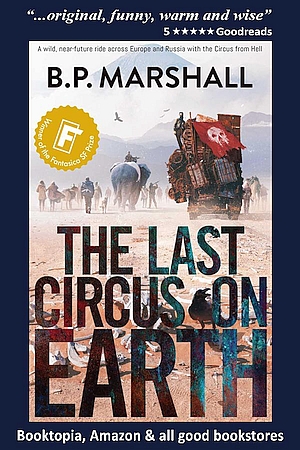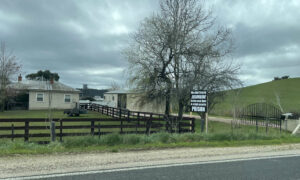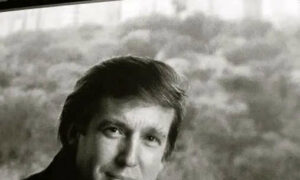A Short History of Photography
Although the basic concept of photography has existed since the fifth century BCE, the art form itself was not born until 1021, when the camera obscura was invented by an Iraqi scientist named Ibn al-Haytham.
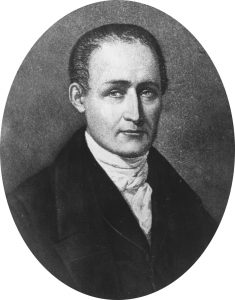
Joseph Nicéphore Niépce, who created the first recorded image that did not fade quickly.
In the late-1830s, French inventor Joseph Nicéphore Niépce used a portable camera obscura and a bitumen-coated pewter plate to capture the first recorded image that did not fade quickly. Photography progressed rapidly from this point on.
During the 1880s, a young hobbyist photographer named George Eastman decided to make photography “as convenient as the pencil.” He set up the Eastman Kodak Company, which introduced commercial transparent film rolls in 1883. This led to the creation of self-contained box cameras. People could take photographs with these cameras and send them back to the factory so the film could be developed and prints of the photographs made (much like modern disposable cameras!). This was the first type of camera that the average person could afford.
Before 1930, photographers usually took staged portraits. After 1930, however, they started capturing images of everyday life with small 35mm cameras. When World War II broke out in 1939, many photojournalists adopted this style.
In 1948, Polaroid introduced the Model 95 camera, which used a secret chemical process to develop prints in a minute.
SLR-type cameras were made available during the 1950s. They quickly became the camera of choice among professional photographers because they allowed for interchangeable lenses.
The first digital camera was released commercially by Fujifilm in 1989. Today a range of manufacturers offer advanced digital SLR (DSLR) cameras with significant amounts of automation in exposure and focus.
Present-day smartphones can now take high-quality photographs with ease.
Photography in Tasmania
Photography has always been popular in Tasmania. Our island has attractive landscapes and a pleasant climate, after all.
George Barron Goodman, Australia’s first professional photographer, opened a studio in Hobart in 1843 and produced tiny daguerreotypes. He eventually left the state, leaving local men like Thomas Bock to set up their own studios.
Portrait photography was heavily practised across the island during the first half of the twentieth century. When the wet plate negative process became available in 1855, photographers started capturing landscapes.
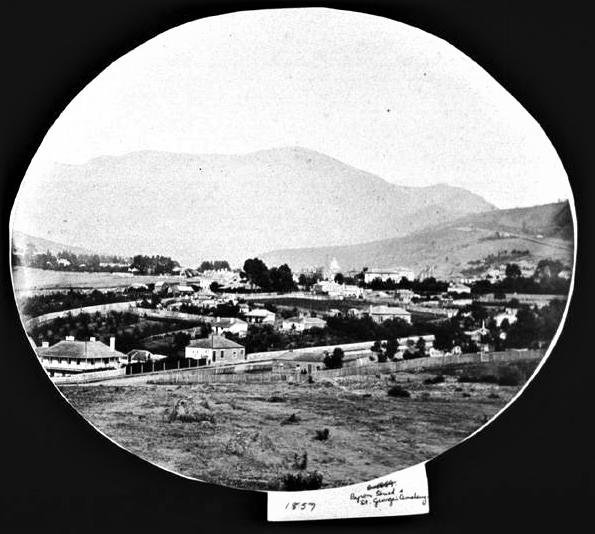
One of Tasmania’s earliest photographs: Frederick Frith’s ‘Byron Street & St. George’s Cemetery’ (1857).
Landscape photography in Tasmania was pioneered by Frederick Frith and John Sharp, who sold panoramas from their studio in Hobart. Walking clubs and improved transport emerged during the 1920s, which meant interest in Tasmanian landscape photography increased.
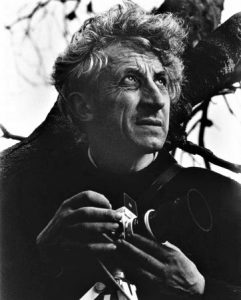
Olegas Truchanas.
Well-known Tasmanian landscape photographers include Olegas Truchanas and Peter Dombrovskis. Their work, distributed for both artistic and political reasons, is renowned throughout Tasmania.
The Tasmanian public loved photography so much that they often visited studios to have photographs taken.
Although the process of developing photographs was expensive, some Tasmanians became keen amateur photographers. Morton Allport, for example, took up photography when he purchased photographic equipment from Charles Abbott.
Photography became easier and cheaper when gelatine dry plates were introduced in 1879. During the 1950s, more affordable cameras and cheaper film processing methods were made available in Tasmania. This meant that Tasmanians could easily take up photography if they wanted to. Many of them did.
Frank Styant Browne
Pharmacist Frank Styant Browne was a leader in Tasmanian photography. He sold cameras at his pharmacy in Launceston, won many photographic awards, took Tasmania’s first X-ray photographs in 1896, and captured the first colour photograph in Australia in 1897.
John Watt Beattie
John Watt Beattie was a well-known Tasmanian photographer. The Tasmanian Times published an article about him in 2020. To read it, click here.
Bibliography
- ‘A Brief History of Photography and the Camera’ (The Spruce Crafts).
- Bonanos, Christopher (2012), Instant: The Story of Polaroid, Princeton Architectural Press, United States.
- ‘George Barron Goodman: Revealing the True Identity of Australia’s First Professional Photographer’ (David Coombe History).
- Kodak.
- ‘Manuscripts and Photographs in the Allport Collection’ (YouTube).
- ‘Photography’ (The Companion to Tasmanian History).







